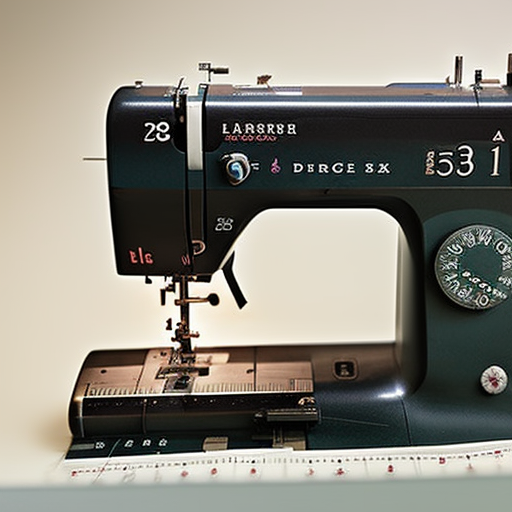Sewing Tips PDF
Choosing the Right Needle
When sewing different types of fabrics, it is essential to use the appropriate needle
to ensure clean and smooth stitching. A universal needle works well for most woven fabrics, while a ballpoint
needle is better for knits. Denim and leather, on the other hand, require a heavy-duty or jeans needle for
better penetration.
Proper Thread Tension
Achieving the correct thread tension is crucial in sewing. If the tension is too
tight, it can cause the fabric to pucker, while too loose tension may result in loose stitches. Ensure that
the upper and lower threads are properly threaded through the machine and experiment with adjusting the
tension settings until you achieve balanced stitches.
Pinning Techniques
When pinning two pieces of fabric together, insert the pin in a perpendicular motion
to the fabric, going through both layers. This will help ensure that the fabric stays aligned during sewing
and prevent any shifting. Additionally, it is good practice to place pins along the seam allowance to avoid
sewing over them.
Finishing Seams
To prevent fraying and give your sewing projects a professional touch, finishing the
seams is essential. You can use various methods such as zigzag stitching along the raw edges, serging, or
using pinking shears to trim the edges. Another option is French seams, which enclose the raw edges within a
neat seam, suitable for delicate fabrics.
Ironing for Perfect Results
Ironing your fabric before and during sewing can make a significant difference in the
final outcome. It helps to remove wrinkles, ensures accurate measurements, and aids in creating crisp and
professional-looking seams. Use a suitable heat setting for your fabric and press gently, avoiding excessive
steam.




